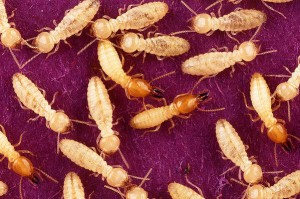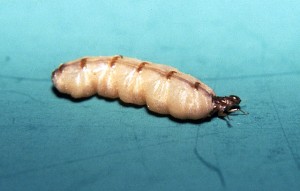
Identification
Termites are a group of eusocial insects that, until recently, were classified at the taxonomic rank of order Isoptera (see taxonomy below), but are now accepted as the epifamily Termitoidae, of the cockroach order Blattodea. While termites are commonly known, especially in Australia, as “white ants,” they are only distantly related to the ants.
Like ants, some bees, and wasps—which are all placed in the separate order Hymenoptera—termites divide labour among castes, produce overlapping generations and take care of young collectively. Termites mostly feed on dead plant material, generally in the form of wood, leaf litter, soil, or animal dung, and about 10 percent of the estimated 4,000 species (about 2,600 taxonomically known) are economically significant as pests that can cause serious structural damage to buildings, crops or plantation forests. Termites are major detritivores, particularly in the subtropical and tropical regions, and their recycling of wood and other plant matter is of considerable ecological importance.
As eusocial insects, termites live in colonies that, at maturity, number from several hundred to several million individuals. Colonies use decentralised, self-organised systems of activity guided by swarm intelligence which exploit food sources and environments unavailable to any single insect acting alone. A typical colony contains nymphs (semi-mature young), workers, soldiers, and reproductive individuals of both sexes, sometimes containing several egg-laying queens.

Specific Management Practices for Control of the Subterranean Termites:
• There is no evidence that trees are a point source for termite infestation. Removing
trees which have termites feeding in them does not remove termites from the area of
infestation as they nest in the soil.
• Living and structurally sound trees with the presence of termites do not need to be
removed. Removing a living tree will also kill the remaining roots and the dead wood
tissue in the soil creates more favorable conditions for termites.
• The tree may be removed only if it is structurally unsound. Eliminating the food source by
pruning dead wood, removing dead tissue and wood debris from a tree is recommended.
Shelter tubes built on the tree can be scraped off if noticed.
• There is presently no safe, effective and environmentally compatible method for
protecting trees from termites.
• The best defense for homes is the breaking of wood to soil contact. There are chemical
control options as well, which is a task for a registered pest control company.
